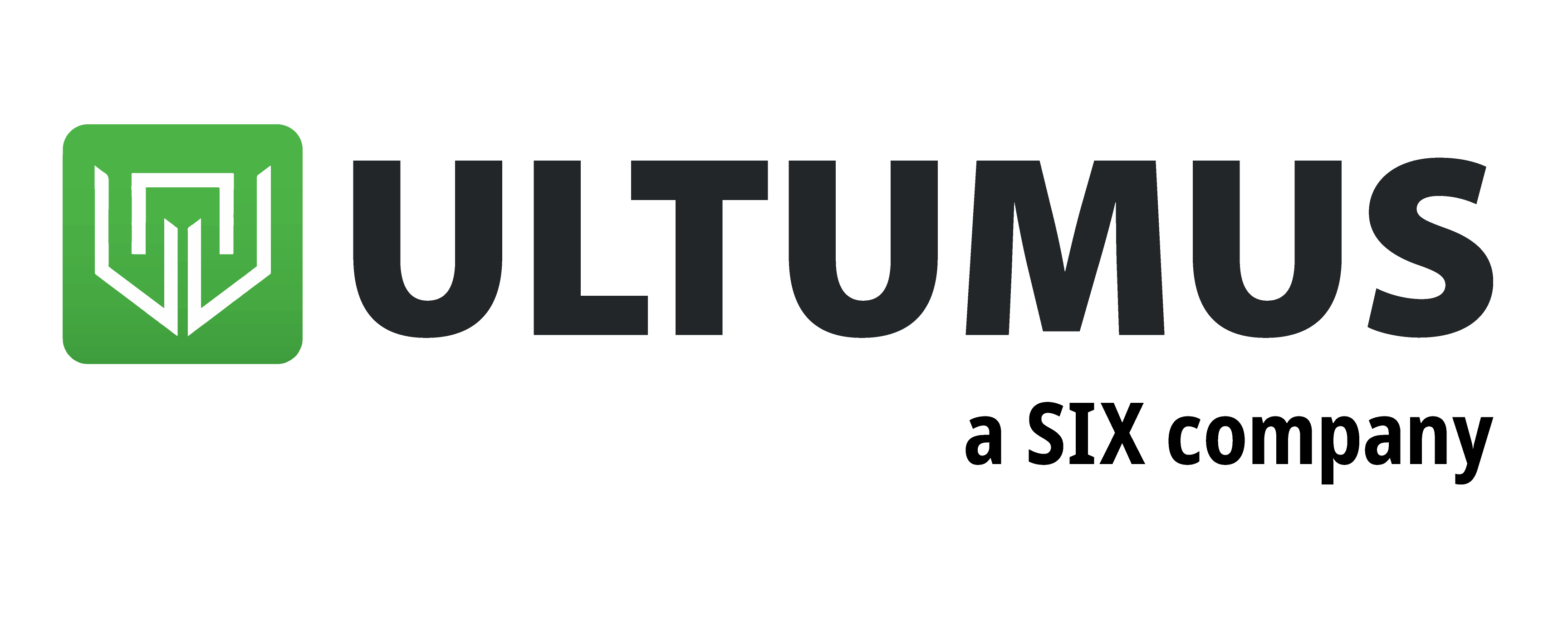Passive benchmarking implementations tend to have a Darwinian approach to “survival of the fittest” in terms of securities that they use to represent their performance, however, this same ruthless efficiency does not seem to be reflected in the methodology underlying the indices themselves.
The recent enhancements to the Industry Classification Benchmark (ICB) implemented on 21 September 2020 (for Stoxx and Russell) but 19 March for FTSE, has four significant changes:
Creation of a separate real estate Industry
Expansion of the telecommunications industry
Adaption of new consumer discretionary/staples framework
Renaming ICB oil and gas to ICB energy
These changes seem to be fiddling while Rome burns, although other changes do seem to better reflect the world we live in such as the inclusion of cannabis producers in health care, although primarily focused on non-healthcare related segments in areas where cannabis has been decriminalised.
The ICB classification system now has 11 top level industries:
Technology
Telecommunications
Healthcare
Financials
Real Estate Consumer Discretionary
Consumer Staples
Industrials
Basic Materials
Energy
Utilities
These sectors map almost directly on top of the GICS top level sectors. While it is possible to bucket companies into these broad categories, it should be noted that there has also been an expansion in specialised thematic indices that narrow these down further and are more rigorous in their approach.
In the last two years, we have seen robotics and automation, artificial intelligence, cybersecurity, home working, cannabis and environmental indices created to fill a specific gap in the market and the use of these indices is expanding with the major providers overlaying their classification methodology with third parties to address this recognised gap i.e. the iSTOXX family is enhanced by FactSet’s classification.
Looking in more detail at the robotics and automation classification from Robo Global shows the granularity that is possible with these more specialised classification providers.
Here robotics and automation index can break down into twelve distinct subsectors:
Sensing
Computing, Processing and AI
Actuation
Integration
Manufacturing and Industrial Automation
3D printing
Logistics Automation
Food and Agriculture
Surveillance / Security
Energy
Healthcare
Consumer Products
This level of detail is probably not required for most sector classifications, but it does throw up some interesting anomalies in the current sector providers.
For instance, Ocado Group, most people know this as an organisation that has fallen out with Waitrose and got into bed with Marks & Spencer, however this is an overly simplistic view of a driven technology company. The tagline for Ocado is “Technology & Automation of Online Grocery” and how they position themselves as a company is truly eye opening.
Despite all this technology Ocado is classified by GICS as consumer discretionary, this is a term for classifying goods and services that are considered “non-essential” by consumers, but equally desirable if their available income is “sufficient” to purchase them. As a result, Ocado is lumped into the same category with Barratt Developments and Intercontinental Hotels, not really a comparable industry nor driven by the same economic cycles.
Another company that has been shoehorned into consumer discretionary, is Amazon.
As I write this, I have my Alexa playing Amazon music while drinking Amazon Solimo coffee, a packet of Amazon presto tissues sat on my desk and the computer screen is held up by an Amazon basic arm and I am waiting for Prime Day to purchase an Eero home Wi-Fi system.
While all of those items may allow Amazon to sit within the definition of consumer discretionary, the fact that Ultumus is wholly deployed on Amazon Web Services, would suggest that this is wrongly classified, especially considering that over 50% of Amazon's profit comes from AWS.
All of this gets even more confusing when you start looking at the FANG stocks (Facebook, Amazon, Netflix and Google). Facebook and Google are embedded within the same sectors telecommunication services and interactive media and services, whereas Netflix (that competes with the Amazon prime video) starts in telecommunication services and the sub-sector is movies and entertainment. Amazon is obviously competing more with Apple these days with its quest for home automation, from Alexa, Ring, Blink and Eero but none of their sectors overlap. Apple’s main competitor could be judged to be Google with iOS and android but again this is not reflected by their classification
I believe this to be the crux of the matter, to try and pigeonhole these multi-faceted companies into a single box is disingenuous not only to them but precludes any comparative analysis. The classification systems have broken down and failed to reflect the diversification and omnipresence of these companies in every facet of our lives, from retail, mobile phones and operating the internet.
My solution is simple. To accurately reflect a company’s breadth and scope of earnings, it is now necessary to allow companies to sit in multiple classifications with a percentage weighting by revenue until such point a more accurate representation of these mega-cap conglomerates is defined or the monopolies are addressed by the EU and US.
Bernie Thurston is CEO of Ultumus




